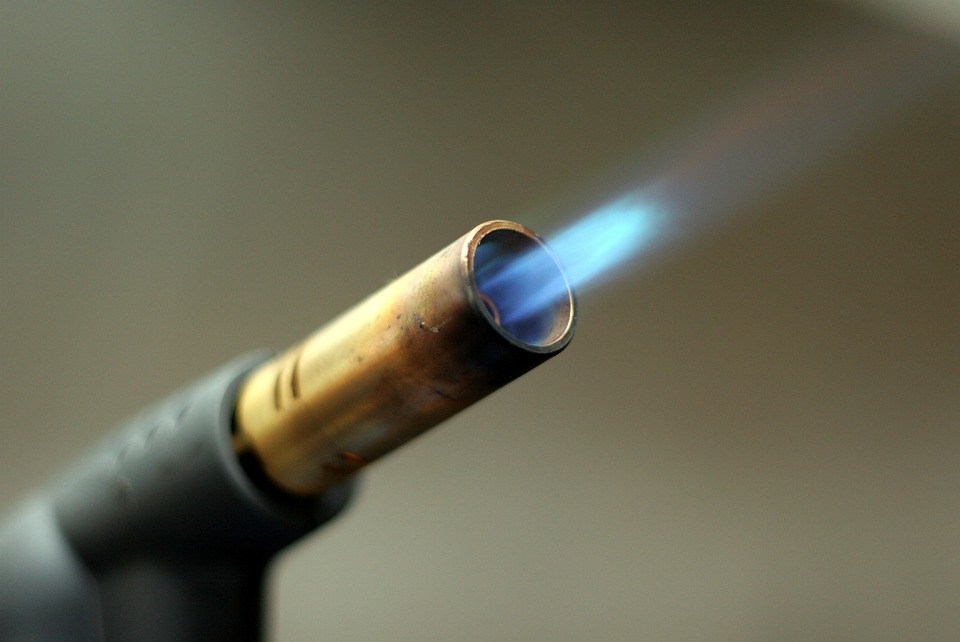The Essential Guide to Bathroom Plumbing: Everything You Need to Know
Introduction
Welcome to the essential guide to bathroom plumbing! In this comprehensive article, we will cover everything you need to know about bathroom plumbing. Whether you are a homeowner, a DIY enthusiast, or simply curious about the inner workings of your bathroom, this guide will provide you with valuable insights and knowledge.
Understanding Bathroom Plumbing
Bathroom plumbing refers to the intricate system of pipes, fixtures, and fittings that ensure the proper functioning and distribution of water within your bathroom. It encompasses various components, such as sinks, toilets, showers, bathtubs, faucets, drains, and water supply lines. A well-designed and properly maintained plumbing system is crucial for a functional and comfortable bathroom.
Common Bathroom Plumbing Issues
Like any other system in your home, bathroom plumbing can experience problems over time. Here are some common issues you may encounter:
1. Leaking Faucets
Leaking faucets are not only annoying but also wasteful. A dripping faucet can waste a significant amount of water over time, leading to increased water bills. The most common cause of a leaking faucet is a worn-out washer, which can be easily replaced.
2. Clogged Drains
Clogged drains can disrupt the proper flow of water in your bathroom. Hair, soap scum, and debris are common culprits that can accumulate over time and obstruct the drain. Using a plunger or a drain snake can often resolve minor clogs, but persistent or severe blockages may require professional assistance.
3. Running Toilets
A running toilet can waste a significant amount of water and increase your water bills. It is usually caused by a faulty flapper valve or a problem with the fill valve. Replacing these components can often fix the issue and restore the proper functioning of your toilet.
4. Low Water Pressure
If you notice weak water flow from your faucets or showerhead, you may be experiencing low water pressure. This can be caused by various factors, including mineral buildup in the pipes, a faulty pressure regulator, or a problem with the municipal water supply. Identifying the root cause will help you determine the appropriate solution.
FAQs
Q: How often should I replace the washers in my faucets?
A: The frequency of washer replacement depends on the usage and quality of the washers. Generally, it is recommended to replace them every 1-2 years or whenever you notice a leak.
Q: Can I unclog a drain using chemical cleaners?
A: Chemical drain cleaners can be effective for minor clogs, but they may also damage your pipes if used excessively or incorrectly. It is advisable to try non-chemical methods first, such as using a plunger or a drain snake, and resort to chemical cleaners as a last resort.
Q: How can I increase the water pressure in my bathroom?
A: Increasing water pressure may require professional assistance as it involves evaluating your plumbing system. However, you can try cleaning the aerator on your faucets, checking for any leaks, and ensuring that the shut-off valves are fully open.
Conclusion
Understanding the basics of bathroom plumbing is essential for every homeowner. By familiarizing yourself with the common issues and their solutions, you can maintain a functional and efficient plumbing system in your bathroom. Remember to address any problems promptly and seek professional help when needed. Now that you have gained valuable insights from this guide, you can confidently tackle bathroom plumbing challenges.
For further reading on this topic, we recommend checking out this comprehensive article that provides additional information about bathroom plumbing.

